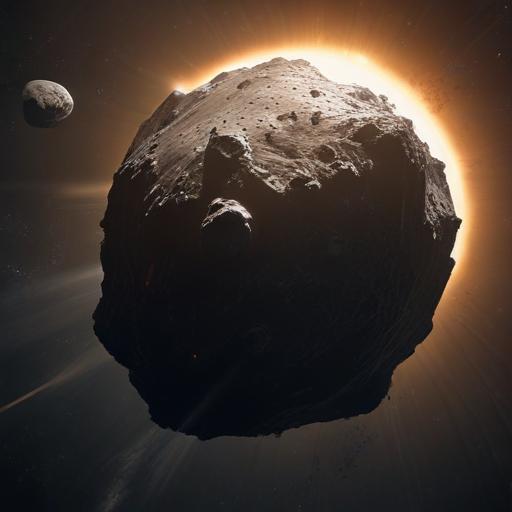An intriguing development in astronomy has emerged as a fast-moving object, designated A11pl3Z, appears to have entered our solar system from another star. This remarkable visitor is set to make a close approach to the sun in the coming months, prompting both amateur and professional astronomers worldwide to focus their telescopes on it. Their goal is to refine its trajectory and authenticate its status as an interstellar object.
A11pl3Z marks the third confirmed interstellar object observed within our solar system, following the notable discovery of ‘Oumuamua in 2017 and comet Borisov in 2019. While ‘Oumuamua was recorded shortly after its nearest approach to Earth—leading to various controversial theories about its nature—the earlier sighting of Borisov allowed scientists to analyze it in greater detail.
First detected by NASA’s Asteroid Terrestrial-impact Last Alert System (ATLAS), A11pl3Z showed up in archival images dating back to June 14, and more recent observations by various groups, including the amateur Deep Random Survey in Chile, have provided fresh data on its trajectory. The object is estimated to measure roughly 20 kilometers in width and is currently hurtling through space at an incredible speed of 66 kilometers per second. As it nears the sun, it will gain velocity due to gravitational forces, coming within two astronomical units—a distance twice that of Earth from the sun—when it reaches its closest approach in October before it continues on its way out of the solar system.
Although this brief window presents a unique opportunity to study the object, experts like Mark Norris from the University of Central Lancashire caution that interstellar objects typically pass through the solar system at astonishing speeds, limiting the amount of information we can gather. Unfortunately, current technology does not allow for missions to intercept such objects quickly enough. However, future endeavors, including the European Space Agency’s Comet Interceptor mission scheduled for launch in 2029, may offer improved opportunities to study new comets or interstellar visitors.
While astronomers await the official confirmation of A11pl3Z’s interstellar nature from the Minor Planet Center, excitement is palpable within the scientific community. With more than 100 observations already recorded, researchers are eager to enhance their understanding of this extraordinary phenomenon while it remains observable for the remainder of the year. The collaboration between institutions and enthusiasts promises to yield valuable insights as they work to unveil the mysteries surrounding this interstellar traveler.
This discovery underscores humanity’s ongoing quest to explore and comprehend the cosmic realm, presenting an exhilarating opportunity to expand our knowledge of objects beyond our solar system.
